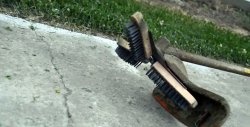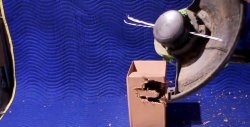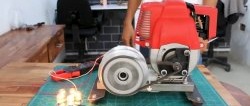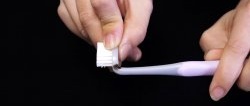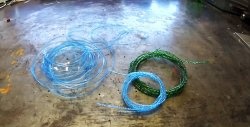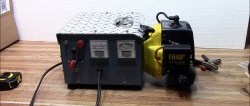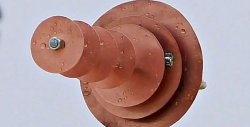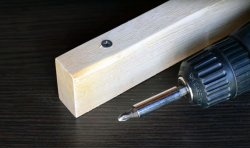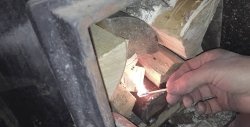How to make a turbo brush for a trimmer that washes everything
To quickly and efficiently wash carpets, wash paving slabs or stamped concrete, you can make a special attachment for an electric garden trimmer or lawn mower. With its help, you can remove stains and scrape out dirt from the recesses just as well as a high-pressure washer.
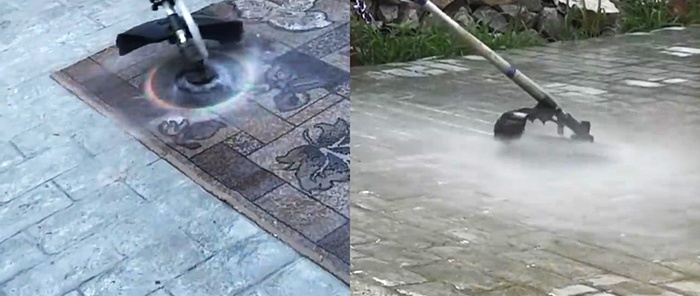
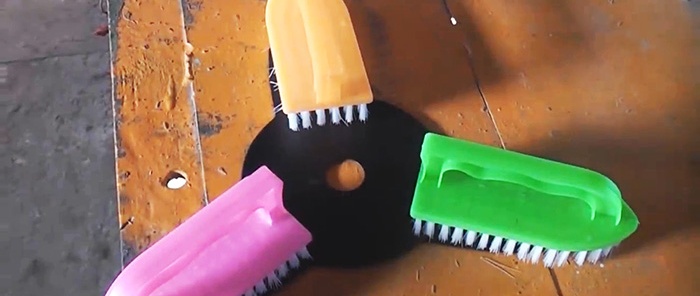
To make the nozzle, you need to remove the handles from the carpet brushes. They can be cut down with a hacksaw, but it’s easier and faster to do it with a knife heated with a torch. It cuts through them like butter.
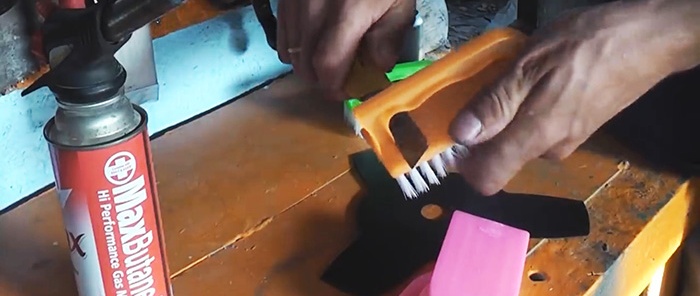
Next, you need to screw the brushes onto the blades of the trimmer knife, using 2 fasteners for each. It is important that after modification it remains balanced. To do this, the brush mounts must be installed in compliance with symmetry. On each beam, markings are made for 2 holes. The distance between them should be less than the length of the brushes.
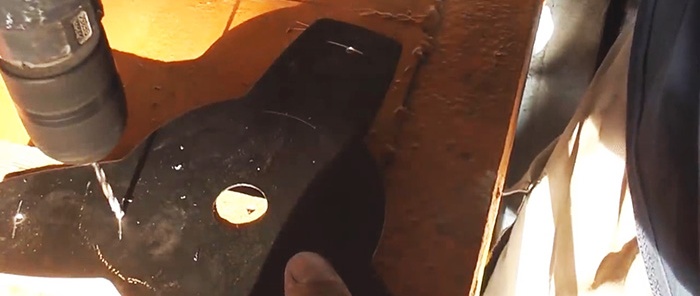
After drilling the knife, you need to attach a brush to one of the beams and try to drill holes in it for fasteners. Next, since everything on the knife is drilled symmetrically, the remaining brushes are drilled using the previous one as a template.
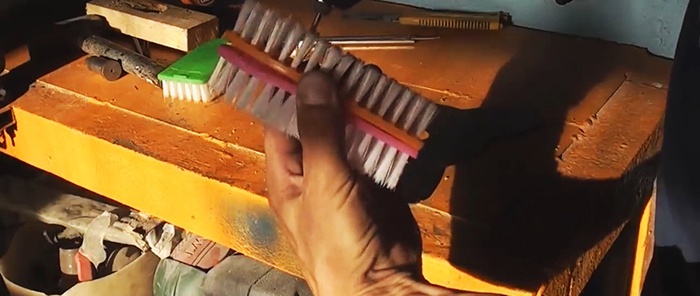
Using self-tapping screws and a metal drill, you need to screw the brushes to the knife. It is necessary to twist from the bristles side. Instead of self-tapping screws, you can use bolts with a nut and a locknut.
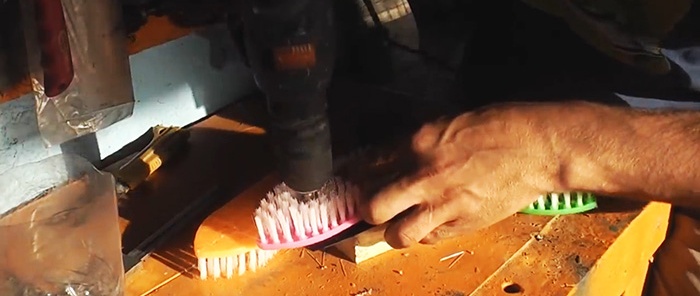
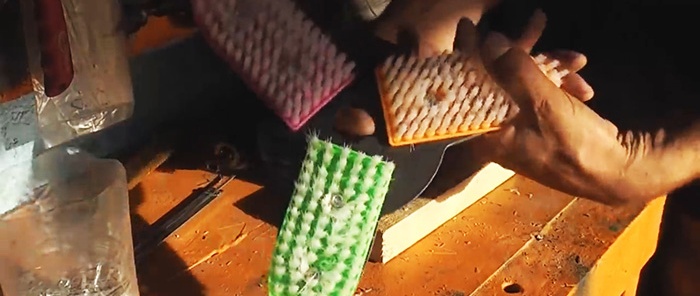
Having installed the nozzle on the trimmer, you need to attach a tube bent at the edge to its rod to supply water to the brushes.
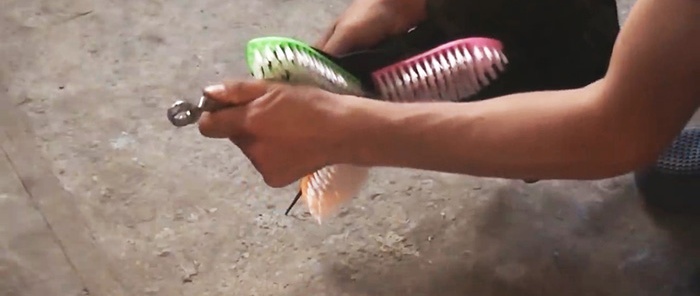
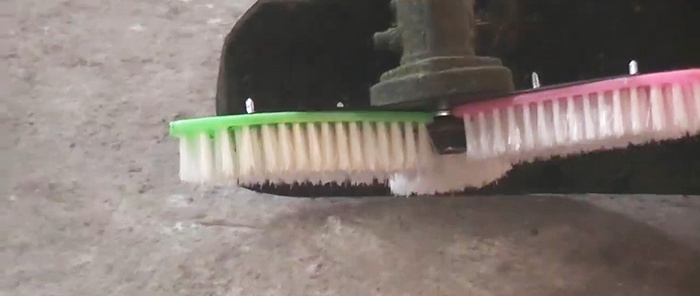
If a polypropylene pipe is used, it will need to be heated at the bend.
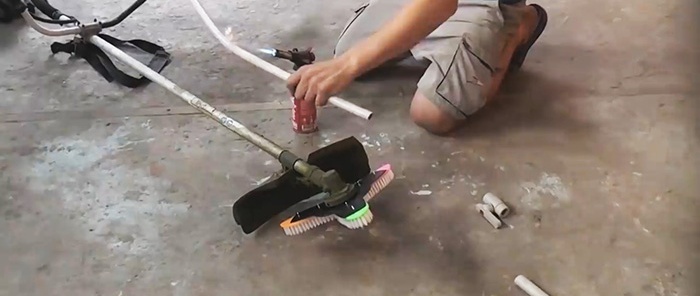
This can be done with a gas torch or a hair dryer. The tube should reach the trimmer handle. On this side, its edge also bends, but by 15-20 degrees. The bent tube is attached to the brown-haired woman with electrical tape. This will allow you to quickly remove it after work.
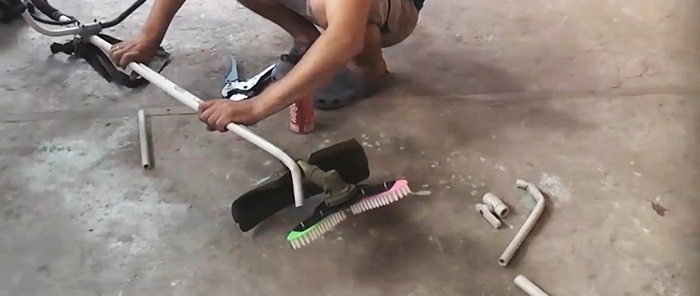
Insulating tape is wrapped around the edge of the pipe from the side of the handles and a garden hose is put on. For reliability, it is fixed with a clamp. After this, the trimmer starts and the water supply opens under low pressure.
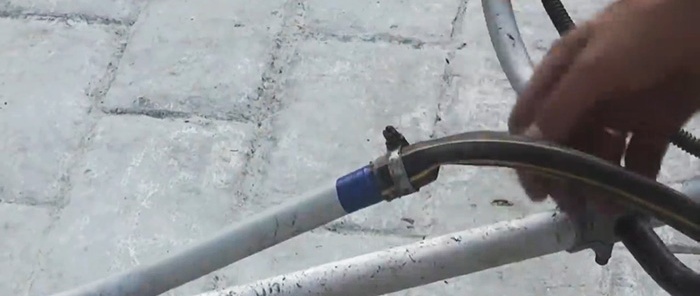
Before you start working with the nozzle, you should first wet the surface and then treat it with brushes. After scraping off the dried-on dirt, if you are washing concrete or paving slabs, you should hose everything down to remove the dirty water.
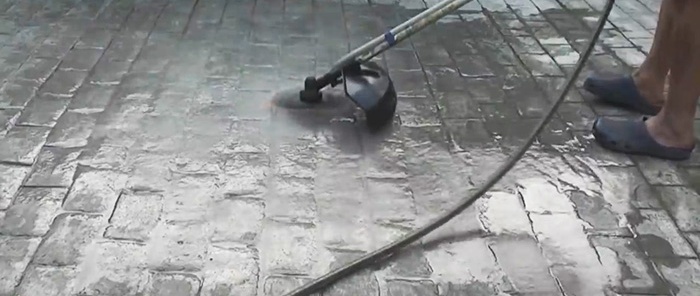
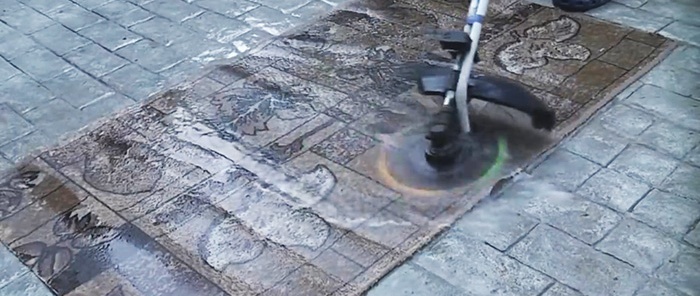
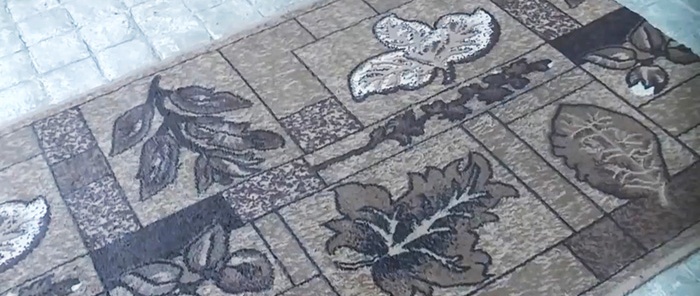

Materials:
- carpet brushes – 3 pcs.;
- 3-bladed trimmer knife;
- polypropylene or metal-plastic pipe 16-20 mm;
- self-tapping screw with a metal drill for a hex head – 6 pcs.;
- insulating tape.

Nozzle manufacturing process
To make the nozzle, you need to remove the handles from the carpet brushes. They can be cut down with a hacksaw, but it’s easier and faster to do it with a knife heated with a torch. It cuts through them like butter.

Next, you need to screw the brushes onto the blades of the trimmer knife, using 2 fasteners for each. It is important that after modification it remains balanced. To do this, the brush mounts must be installed in compliance with symmetry. On each beam, markings are made for 2 holes. The distance between them should be less than the length of the brushes.

After drilling the knife, you need to attach a brush to one of the beams and try to drill holes in it for fasteners. Next, since everything on the knife is drilled symmetrically, the remaining brushes are drilled using the previous one as a template.

Using self-tapping screws and a metal drill, you need to screw the brushes to the knife. It is necessary to twist from the bristles side. Instead of self-tapping screws, you can use bolts with a nut and a locknut.


Having installed the nozzle on the trimmer, you need to attach a tube bent at the edge to its rod to supply water to the brushes.


If a polypropylene pipe is used, it will need to be heated at the bend.

This can be done with a gas torch or a hair dryer. The tube should reach the trimmer handle. On this side, its edge also bends, but by 15-20 degrees. The bent tube is attached to the brown-haired woman with electrical tape. This will allow you to quickly remove it after work.

Insulating tape is wrapped around the edge of the pipe from the side of the handles and a garden hose is put on. For reliability, it is fixed with a clamp. After this, the trimmer starts and the water supply opens under low pressure.

Before you start working with the nozzle, you should first wet the surface and then treat it with brushes. After scraping off the dried-on dirt, if you are washing concrete or paving slabs, you should hose everything down to remove the dirty water.



Watch the video
Similar master classes
Particularly interesting
Comments (2)

